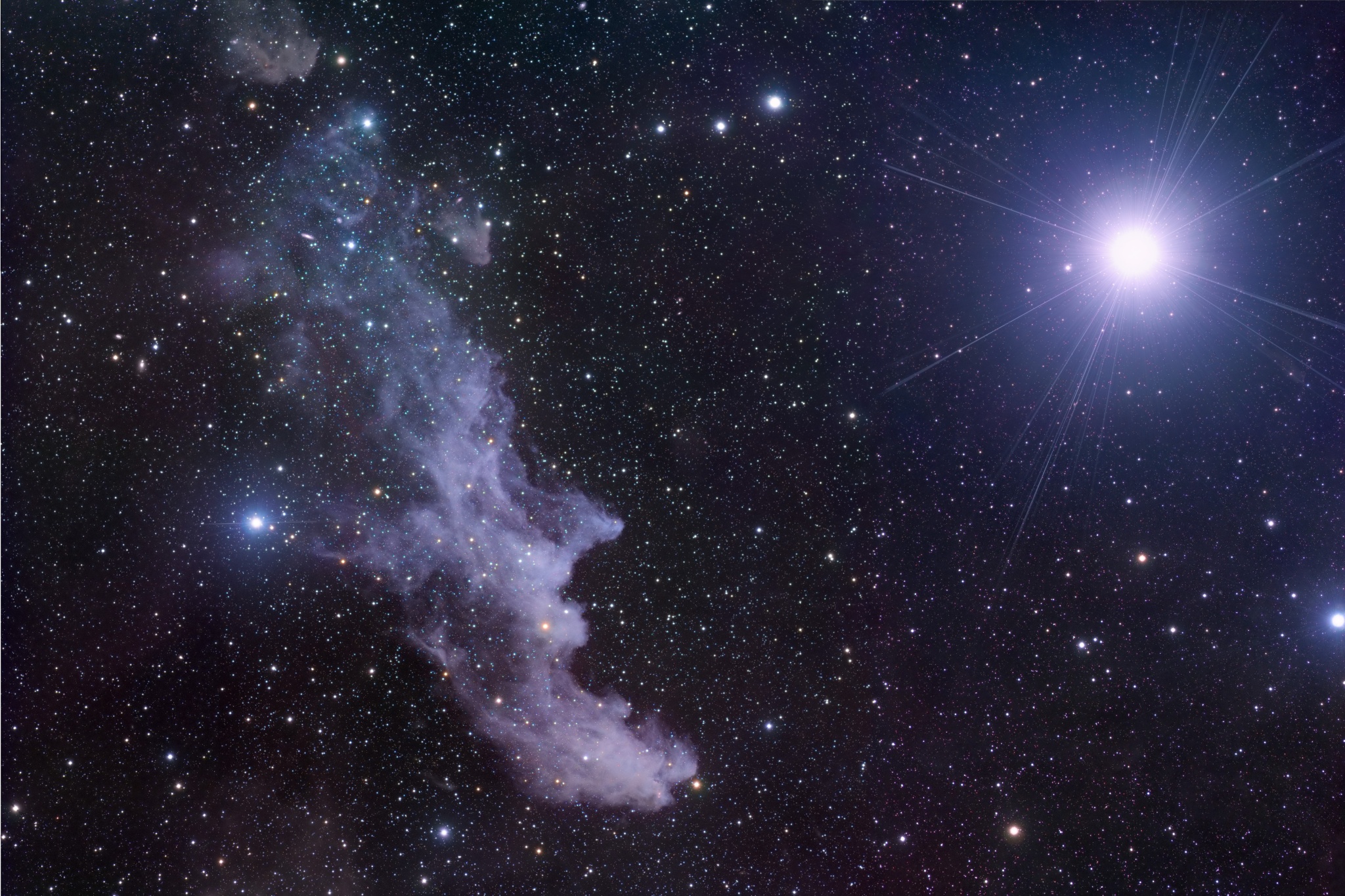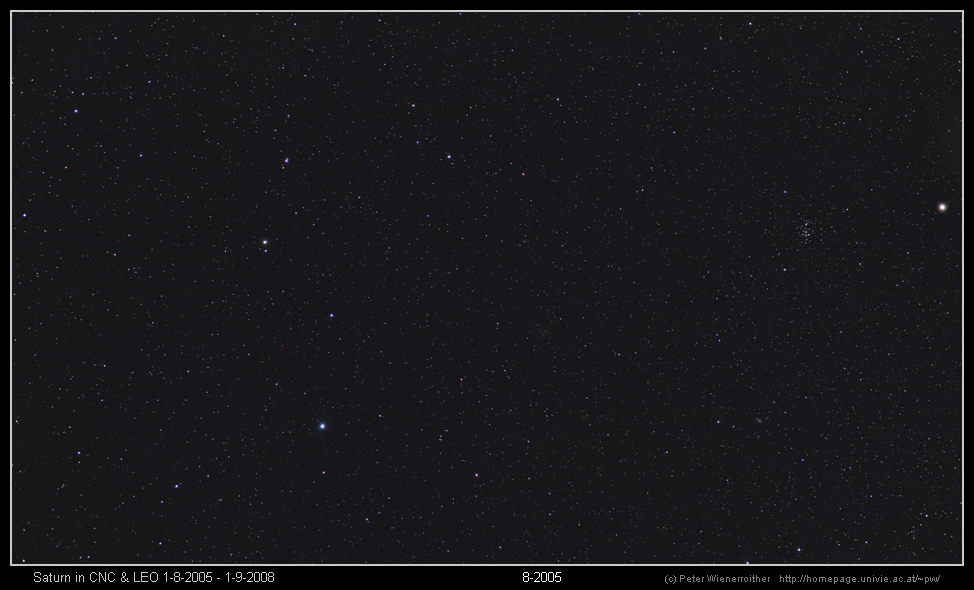Next Friday is Halloween. Perhaps you don't know that Halloween's origin is astronomical. Since the fifth century B.C. Halloween has been celebrated as a cross-quarter day, a day halfway between an equinox and a solstice. Nowadays, Halloween modern celebration retains historic roots in dressing up to scare away the spirit of the dead. This is the reason why lot of people wear fancy dresses that day.
And if we look at the sky with big telescopes we can see pictures like this one I show you below. The stars seems to be dressed up there. Can you see in this picture a witch head? Her eye, nose, mouth and chin? Sure. This is the reason why this cloud is known as the Witch Head Nebula.
But please, come back to the Earth.Will you be wearing a Halloween costume next Friday? We would like to know. Please, write a comment.
But please, come back to the Earth.Will you be wearing a Halloween costume next Friday? We would like to know. Please, write a comment.
By the way, we are learning about Astronomy in our clases now. So, why
don't you dress your favourite planet, moon, comet, galaxy or nebula up as a Halloween monster? I will put in this blog the best drawings.
Have a Happy Halloween. |
| The Witch Head Nebula (APOD, NASA) |
